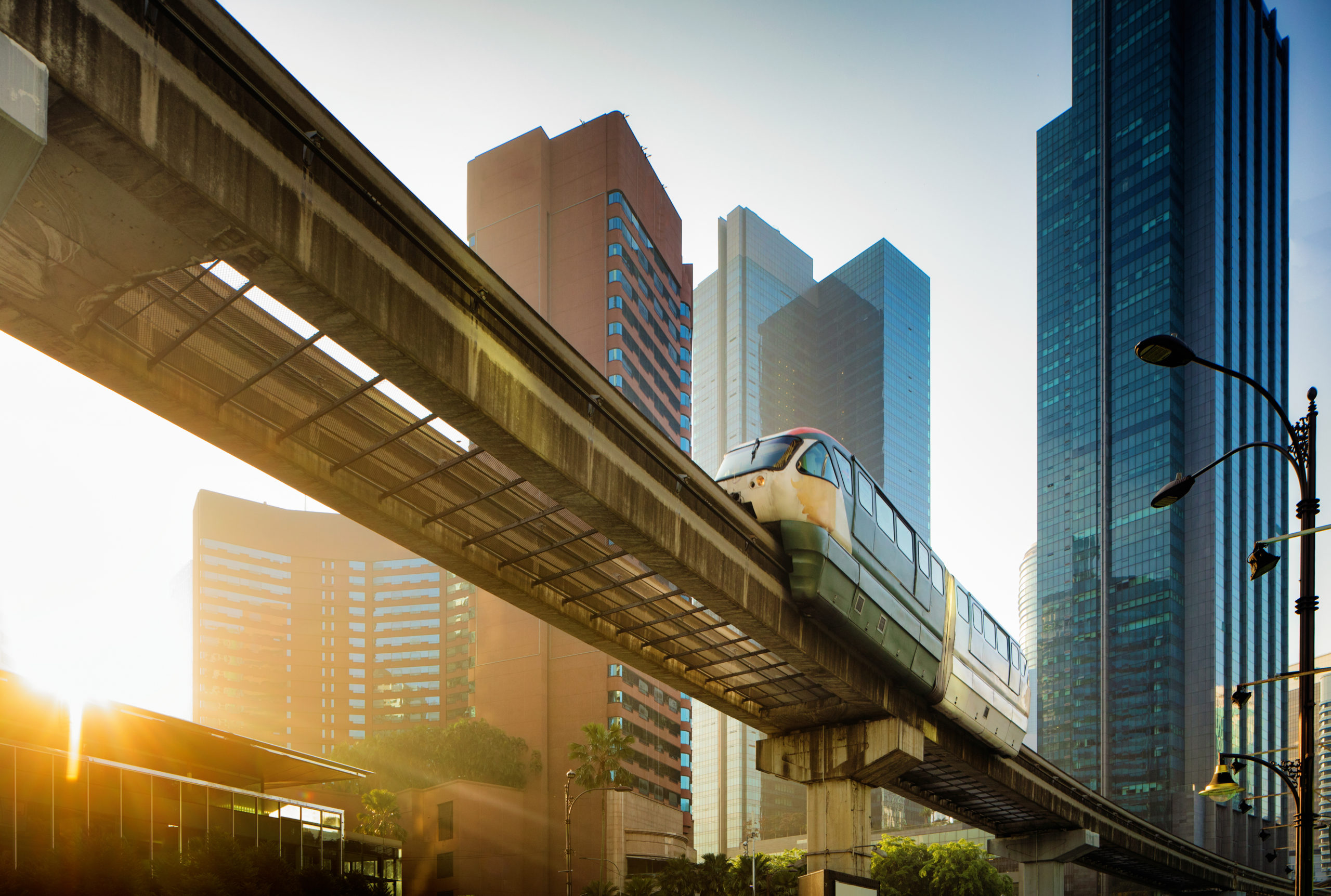3 Trends in Transit-Oriented Developments
Right before the pandemic dominated nearly all CRE headlines, transit-oriented developments were a trending topic within the industry.
Transit-oriented development projects are renowned for their positive impacts on strengthening cities and communities. These innovative plans combine secure networks of travel, affordable living, and accessible workspaces into one cohesive cityscape.
The buzz surrounding transit-oriented development projects reflected the interest in these contemporary commercial projects, but how are they doing now? We all know that the pandemic ushered in a new atmosphere for commercial real estate as it once stood, and many forecasts were extinguished by the ‘new normals’ of COVID.
But, what’s in store for the future of transit-oriented developments? Here’s a look at the current trends and outlook within transit-oriented development projects.
Are Transit-Oriented Developments Safe?
Bustling community transit networks were viewed with skepticism as the threat of highly-contagious viruses suddenly became top-of-mind. Transit-oriented developments are centered around a network of easily accessible community transportation for metropolitan areas. But, are these safe?
As the coronavirus pandemic called transit-oriented developments into question, the industry has been diving into the realities of these social-distancing concerns.
Viral transmission isn’t about public transportation, it’s about disorganization. Experts named crowding, poverty, pollution, and other prominent socioeconomic factors were named prime concerns for viral transmission – but that’s where transit-oriented development presents a solution to today’s biggest metropolitan challenges.
Transit-oriented developments are highly organized, planned, and harmonious. They connect people with a seamless network of getting from one place to another, which is key for busy communities. A properly planned, transit-focused urban center alleviates traffic congestion and creates a smooth and secure network of travel for employees, students, and community members.
Restructuring Density
Transit-oriented development projects strive to optimize density where it’s already found. Densely populated areas need more strategic attention to ensure that the flows of people and traffic are smooth and streamlined.
Right now, transit-oriented development projects are playing a huge role in supporting the new city planning models coming out in response to COVID. Social distancing is only difficult when there’s no infrastructure to support it. However, transit-oriented developments are taking the reins to smooth out the density issues and optimize community flows.
Providing Affordable Housing Where It’s Needed
A lack of affordable housing options have been weighing down on real estate markets, but transit-oriented developments that incorporate multifamily projects offer a veritable solution.
Big cities all around the country have been exploring ways to solve their affordable housing shortage that’s been accentuated by the pandemic. Economic hardships are being felt across the board as people are forced to restructure where (and how) they work and live.
As more people are expected to migrate into cities to be closer to work, affordable housing options are a necessity.
Fortunately, affordable housing has already been a prime consideration for transit-oriented development projects. Large urban areas are now taking a deeper look at these creative and efficient metro models to provide the solutions that are needed right now.
By preventing overcrowding and oversaturation of key areas, transit-oriented developments are proving to be incredibly vital aspects of city planning as we navigate the post-COVID era and beyond.


